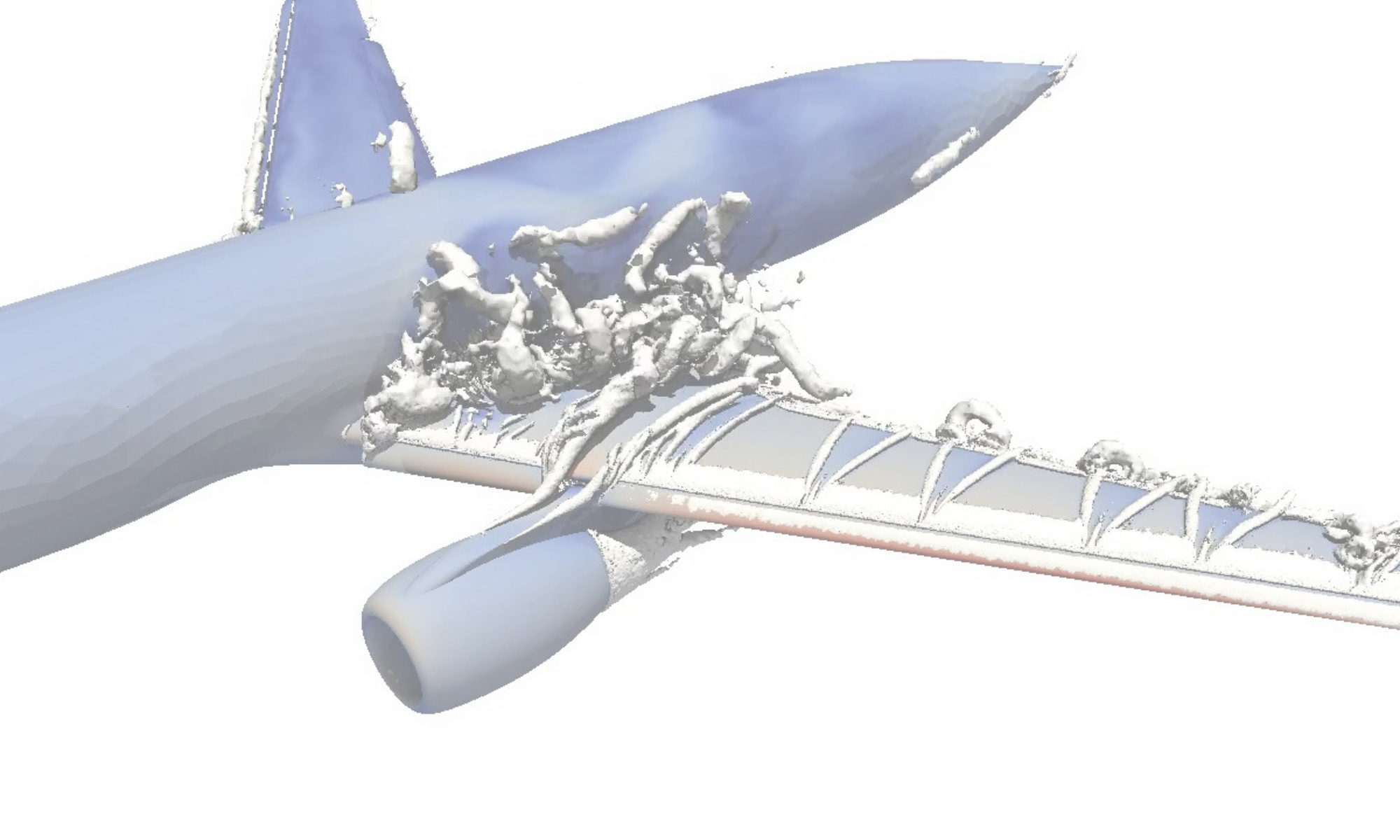
Modeling of the human voice apparatus with FEniCS-HPC.
Everyone needs a voice! Speech sets us apart from other mammals, it is our primary connection to the world, and it has a pivotal function in modern society. However, the physics of the vocal apparatus are surprisingly complex, and also hidden from normal view. After decades of research, speech technologists are still looking for ways to make artificial voices sound more natural. For clinicians needing to understand how voice problems arise, and how they should be diagnosed and treated, an accurate, dynamic visualisation of the biomechanics would lead quickly to significant progress. Students of languages and of vocal arts would be immensely helped by animated renderings of what actually goes on inside the body during speech and song. A detailed simulation of the human voice is needed both for basic science and for numerous applications.
